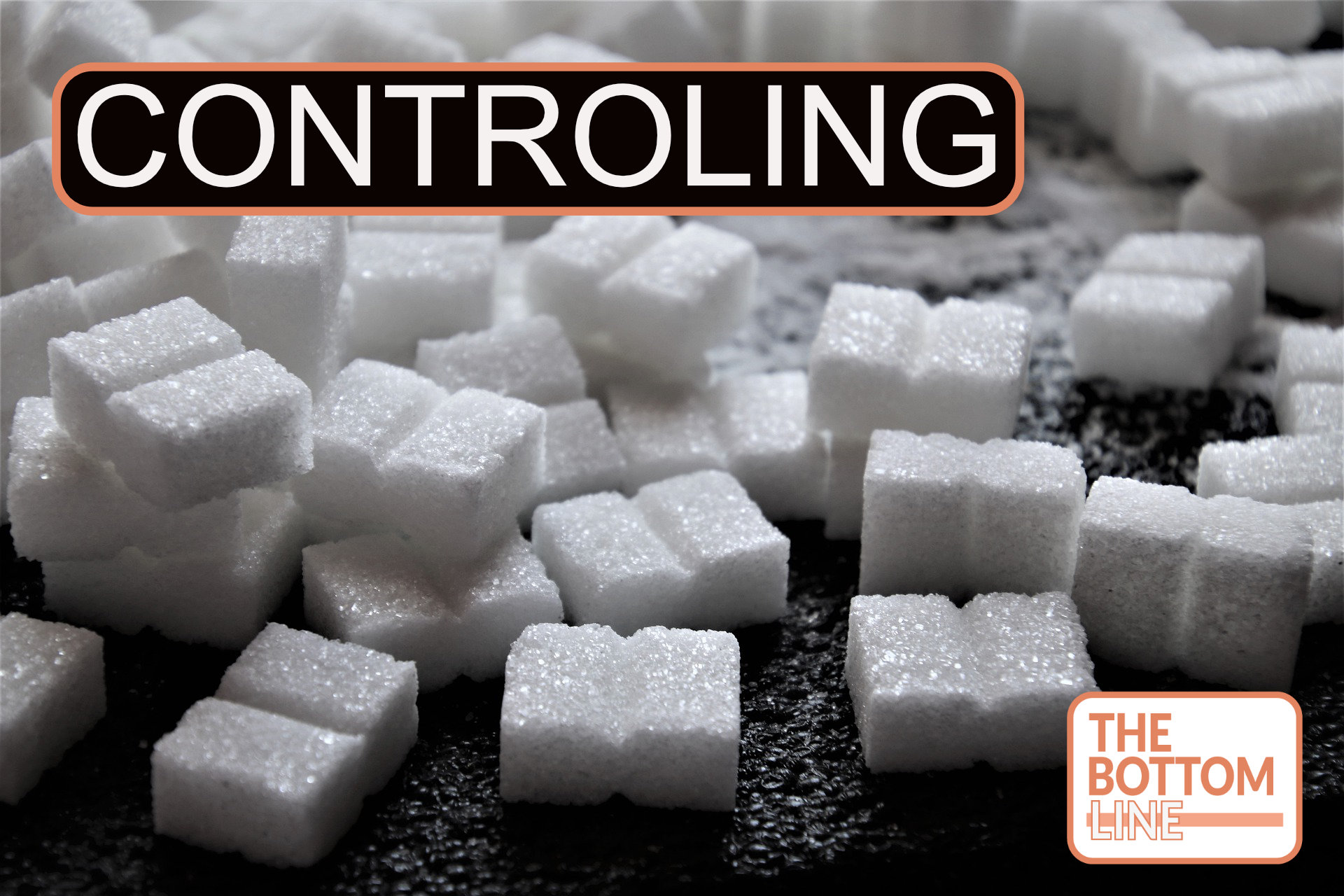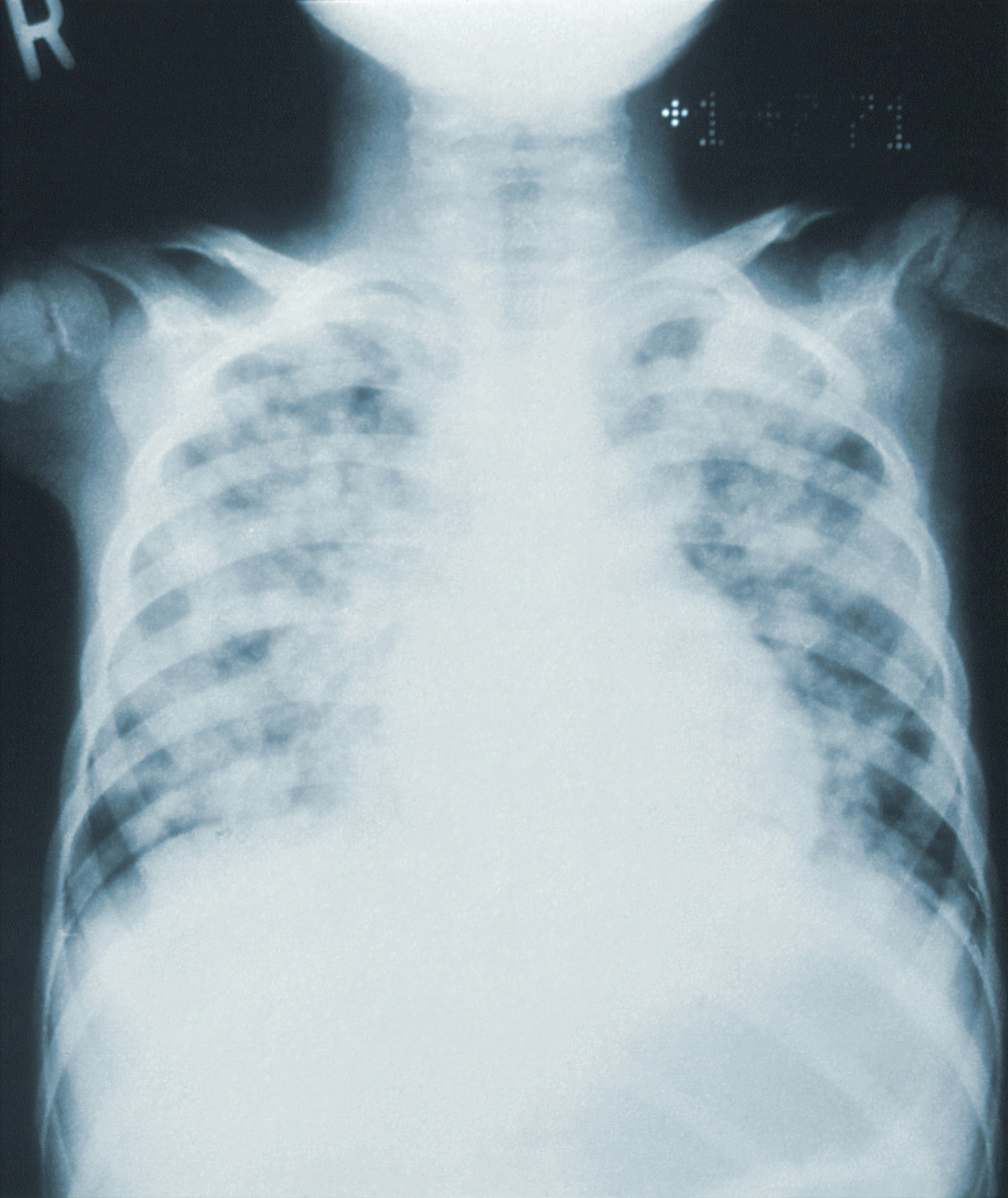CONTROLING

Individualised versus conventional glucose control in critically-ill patients: the CONTROLING study—a randomized clinical trial
Bohé. Intensive Care Medicine 2021. https://doi.org/10.1007/s00134-021-06526-8
Clinical Question
- In critically unwell adults does targeting individualised glycaemic control compared to glycaemia < 180 mg/dL improve 90 day mortality?
Background
- Hyperglycaemia has been shown to result in worse outcomes in the critically ill, especially in non-diabetic patients
- In 2009, NICE-SUGAR showed that intensive glucose control was harmful with higher rates of hypoglycaemia and mortality in the intensive control group
- Some observational studies have shown that relationship between glycaemia in ICU and adverse events (hypoglycaemia and mortality) may depend on the patient’s pre-admission glycaemic control
- HbA1c or glycated haemoglobin reflects the mean plasma glucose over the life of a red blood cell (~3 months), and values at ICU admission and prior to ICU admission correlate well
Design
- Multi-centre
- Double blind randomised parallel group trial
- Conducted in mixed, medical and surgical ICUs
- Consent from patients or family obtained
- If eligible then a blood sample drawn to ascertain HbA1c
- If deemed eligible then needed to rule out presence of exclusion criteria within 96 hours of ICU admission
- Glycaemic control was conducted in accordance with an online algorithm designed by two of the authors
- Insulin was commenced prior to randomisation if > 180 mg/dL for all patients
- Randomisation was 1:1 and stratified by centre
- However, if numbers in each arm differed by >4% then next patient automatically included into group with lower numbers
- Intervention maintained until patient discharged from ICU
- All clinicians blinded to HbA1c result, and glycaemic and infusion history
- For safety, the nurse in charge could access the last glycaemic value entered and insulin infusion rate and any history of hypoglycaemic episodes
- Power calculation:
- 2100 patients per group needed
- 90% power to detect a 4% difference from a baseline mortality of 22% with a two-sided significance level of 5%
- Based on NICE-SUGAR
- Modified intention to treat basis
- Trial stopped early after 49% of planned sample size recruited
- Recommended by DSMB due to low likelihood of benefit and possibility of harm
- Conversion from mg/dL to mmol/L
- 217 = 12.1
- 180 = 10
- 111 = 6.2
- 72 = 4.0
- 40 = 2.2
Setting
- 12 ICUs in France
- May 2015 – July 2016
Population
- Inclusion:
- > 18 yo
- Admitted to ICU with the expectation not to be discharged within 2 days
- Unable to feed orally
- Exclusion:
- Pregnancy
- Prior enrolment
- Limitations of therapy
- Diabetics with a known history of transfusion > 3 red blood cell units in the last 3 months (may falsely lower HbA1c)
- 5326 patients admitted → 2075 randomised of which 158 did not receive intervention → 942 in intervention arm and 975 in conventional arm
- Reasons for not being included:
- 690 expected to stay in ICU for < 48 hours
- 1300 did not have exclusion criteria assessed
- 423 met exclusion criteria
- 827 did not have HbA1c level within 96 hrs
- Reasons for not being included:
- Comparing baseline characteristics of intervention (individualised control) vs. control (conventional) group
- Age: 68 v 69
- Female: 39 v 39%
- BMI: 26 v 26
- Medical admission: 82 v 82%
- Respiratory: 37 v 36%
- Cardiac: 14 v 16%
- Endocrinology: 2 v 3%
- Emergency surgery: 10 v 10%
- Vasopressors: 31 v 31%
- Invasive ventilation: 54 v 53%
- Charlson score >/= 3: 44 v 46%
- Diabetic patients: 34 v 32%
- Insulin dependent: 8 v 8%
- HbA1c: 5.8 v 5.8%
- Non-diabetics: 5.6 v 5.6%
- Diabetics: 6.9 v 6.9%
- Insulin dose at randomisation: 0 v 0 IU/h
- Interval from ICU admission to randomisation: 1.2 v 1.3 days
- Days on algorithm: 4 v 4
- No receipt of artificial nutrition: 39 v 41%
- Calories administered similar in those receiving enteral, TPN or a mixture of both
Intervention
- Individualised glycaemic control
- Glycaemic target calculated using HbA1c +15 mg/dL
- Limits set at minimum of 111mg/dL and a maximum 217 mg/dL for safety reasons
- The median HbA1c of 5.8% results in a calculated target of 120 mg/dL (+ 15 mg/dL)
Control
- Standard glycaemic control
- Glycaemic target < 180mg/dL
- Insulin infusion initiated when greater than this
Management common to both groups
- Algorithm gave nurse instructions for insulin administration, sampling for glycaemia and correction for hypoglycaemia.
- Sampling time between 1 – 6 hours depending on levels and previous stability
- Following randomisation insulin commenced if above set target, it was reduced if 29mg/dL less than target
- If levels reached 63 mg/dL then insulin stopped and 30% dextrose administered
- All other care at the discretion of treating teams
Outcome
- Primary outcome: 90-day survival (intervention v control)
- 67.2% [95% CI 64.2 – 70.3] v 69.6% [95% CI 66.7 – 72.5], p = 0.23
- No difference when adjusted for multiple parameters including age, diabetic status, BMI and receipt of invasive ventilation
- Post hoc subgroup analysis:
- Significantly higher risk of 90 day mortality in intervention group for non-diabetics, surgical group and those with an HbA1c between 5 – 6%
- Secondary outcomes:
- No significant difference in 28d mortality, ICU length of stay, duration of vasoactive support, RRT requirement, mechanical ventilation and non-prophylactic anti-microbial use
- Adverse Events:
- Severe hypoglycaemia (<40mg/dL)
- 3.9% v 2.5% (p = 0.09)
- Any hypoglycaemia (<72 mg/dL)
- 31.2% v 15.8% (p < 0.0001)
- This was significantly higher in non diabetic patients, but not for diabetic patients
- Severe hypoglycaemia (<40mg/dL)
Authors’ Conclusions
- Targeting a patient’s usual glycaemic level did not show a survival benefit compared to conventional control and targeting a glycaemic level of 180 mg/dL
Strengths
- Double blinded trial in an area of critical care with few randomised trials despite the frequency with which parameters for blood glucose control are set for ICU patients
- Balanced baseline characteristics between groups
- Minimal protocol violations (<1%)
- Blinding methods minimise performance and detection bias
- Minimal loss to follow up (n=9)
Weaknesses
- Trial ended early prior to enrolment of calculated sample size
- Time lag bias as data collected in 2016 but not published until 2021
- Large numbers not assessed for exclusion criteria may result in selection bias
- The allowance of 96 hours following ICU admission for enrolment is a long time in the critically unwell
- The intervention group received the same target as the conventional group until randomisation (<180mg/dL) results in contamination bias
- Patients in the intervention group spent 26% of their ICU stay without an individualised target (and exposed to a target of 180 mg/dL)
- The authors postulate that insulin resistance may change over critical illness
- If this is true, does the use a value that reflects glycaemic control over the three months prior to critical illness provide the best method for targeting personalised glycaemic control whilst critically unwell?
- The algorithm used was not validated prior to it’s use
- The mean difference in time-weighted blood glucose was only 13 mg/dL between groups (0.7mmol/L) (eTable 3). It is unlikely this is clinically relevant
- However if stratified by HbA1c there was statistical separation in time-weighted blood glucose for all HbA1c levels except between 7 and 8% (which was expected as an HbA1c of 7.4% = a target of 180mg/dL)
The Bottom Line
- Until better evidence becomes available surrounding personalised glycaemic targets in ICU, I will continue to adopt a conventional target for all patients
External Links
- [editorial] The goal of personalized glucose control in the critically ill remains elusive
- [article] CONTROLING Study
- [IBCC] Stress Hyperglycaemia in the ICU
Metadata
Summary author: George Walker @hgmwalker89
Summary date: 7th December 2021
Peer-review editor: @davidslessor
Picture by: Pixabay



